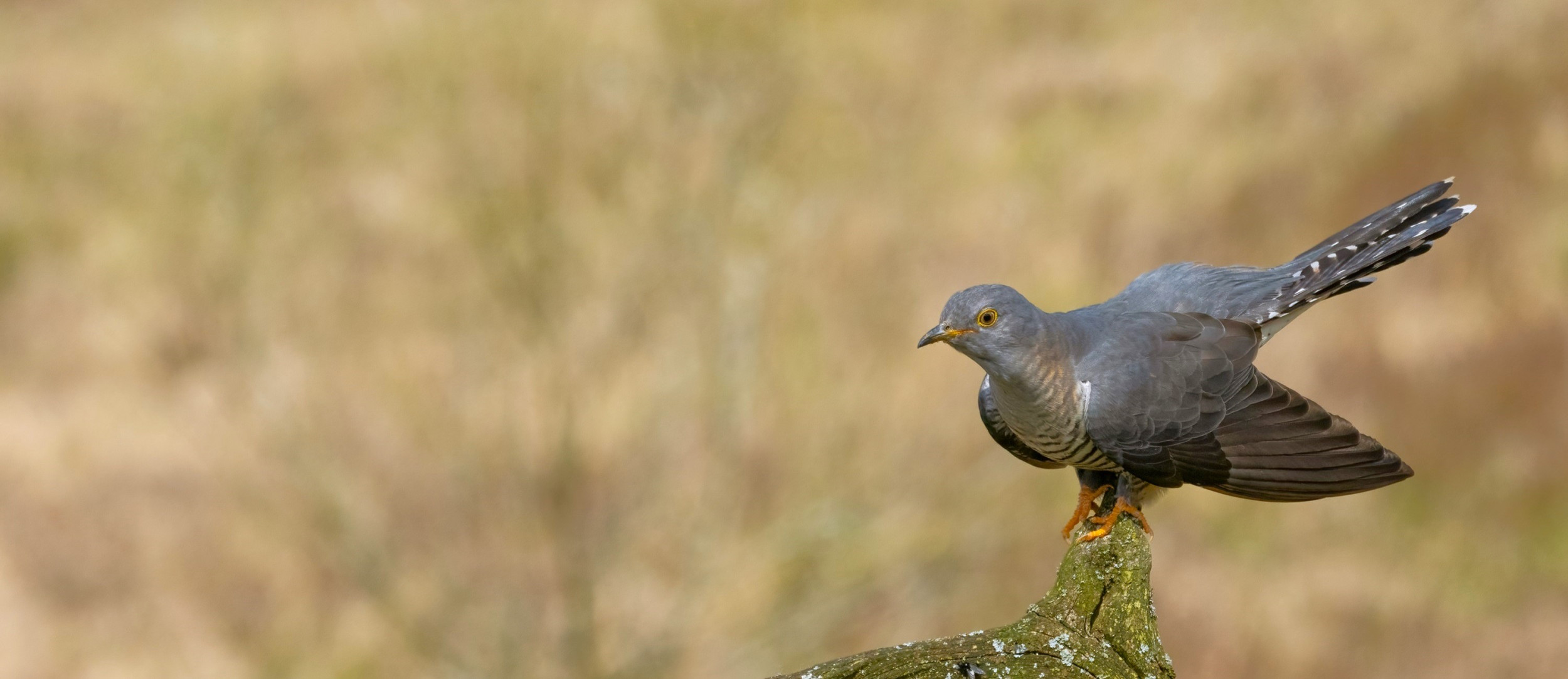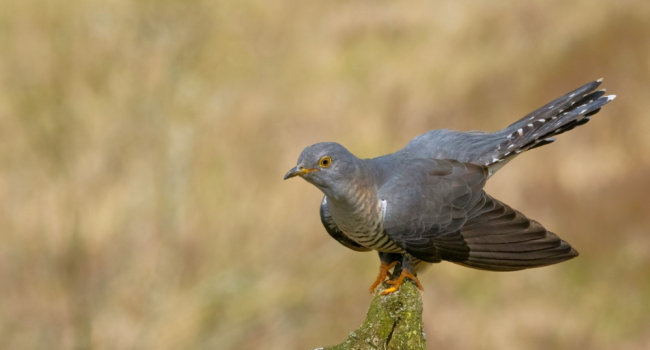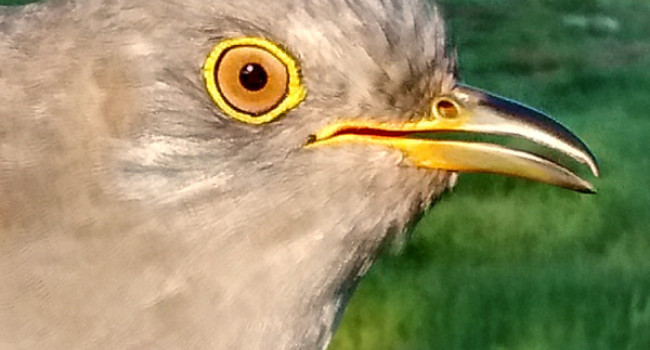It looks likely that BB, Peter, Skinner, Waller and Whortle have failed to complete their migration this year, or their tags are no longer transmitting, and so we will be moving all of them to the inactive section of the website.
Updates from our Cuckoos
Read the latest updates from our Cuckoos on their epic migration between the UK and tropical Africa, or track their movements in real-time on our Cuckoo migration map.
- If you enjoy these updates, please consider sponsoring a Cuckoo. Sponsors receive special updates about their chosen Cuckoo in the Cuckoo e-newsletter.
Further transmissions unlikely to be received
Cuckoos missing off the map
From time to time we ‘lose’ one or two of our Cuckoos only for them to reappear several days, or even weeks, later. We are never entirely sure why this might be at the individual level but during the course of the project we have noticed similarities between some of the ‘lost’ birds.
We have lost some of our birds just prior to them making a large movement and we think that this might be because they move into denser vegetation in order to feed up before embarking on a long flight. Moving into denser vegetation may mean that the solar panel that recharges the battery for the tag is in shade for periods of time and the battery receives a poorer charge, which in turn results in poorer performance from the satellite tag.
Once the birds have put on enough weight to begin their journey they move into the open and the tag begins charging again and the birds ‘reappear’. We also see the same thing happen, although to a lesser extent, when birds complete a long movement and presumably move into denser vegetation to rest and feed up
Lack of signals
Several of our Cuckoo tags have not sent transmissions for over 10 days; BB, Hennah, Peter, Skinner and Waller.
This means they are not currently shown on the main map by default, although can be switched on using the tick boxes under their photos. It's not uncommon for Cuckoos to disappear for up to several months during mid-winter as tag charging conditions in the forest are poor so we won't really know their fate unless we receive further transmissions. If they fail to move northwards when expected then either the Cuckoo may have died or the tag may failed or degraded. Our greatest concerns are still for Peter and Waller who were in the same area when signals were last received, all the way back in October.
Skinner returns to Angola
By the 12 October Skinner had moved south to Congo and by the 17 he was in Angola, close to the area he spent last winter. He is slightly further east than last year and is just north of the Reserva Especial do Milando. It waits to be seen whether Chris or any of the other Cuckoos will join him here this year.
Skinner in Cameroon
Skinner has travelled 925km (575 miles) from his location in north-western Nigeria and is now in western Cameroon. Other Cuckoos who had been in the north of Cameroon have all moved on due to poor conditions so it will be interesting to see whether conditions are better in the south-west and how long Skinner remains here for.
A period of recovery
With most cuckoos now in the Sahel region, we're entering a fairly quiet period in the annual cycle of the tagged cuckoos with less movement than during the migration season.
Birds who completed their desert crossing will spend time in the Sahel recovering their body condition, and some may stay quite a long time. In previous years, cuckoos have stayed in this area for as much as several months, while others spend a shorter amount of time before moving south into the humid zone forests.
The eastern Sahel in Chad and south Sudan has received plenty of rain recently, and thus conditions are likely good for cuckoos. Northern Cameroon was slightly drier than average in August, and so cuckoos such as Derek, Dudley, Stanley, and Emsworthy may be moving on if foraging conditions aren't suitable.
Skinner in Nigeria
By the evening of 25 August, Skinner was on the move again, heading 250km (155 miles) south-east to Nigeria and pausing at a location near Sokoto, close to where the Sokoto river and the Rima river join together. At this time of year there should be regular rainfail.
Skinner continues south
By 11 August Skinner had journeyed a futher 315km (195 miles) from the location he first grounded in within Mali. Yesterday he had made even more progress and was in Niger. He still has a little way to go to make it to the forest edge further south but hopefully this progress is a good sign.
Skinner in Mali
Skinner has embarked on his desert crossing. He has made good progress, having left Spain late on 30 July and travelling over the Atlas mountains in the early hours of the 31, he made his way south over Algeria and by the 2 August he was in Mali. However he appears to have grounded here and signals received today show him still in the same location, which from the satellite images, may not be as barren as other parts. Hopefully he will continue onwards shortly and make it safely across.
Five opt for Spain so far
Skinner has left France and continued south to Spain where Meavy, Gilbert, Dudley and Chester are currently located. In previous years we have only seen East Anglian and Devon Cuckoos take this route but this year we also have Chester, one of the birds tagged in Sussex, Dudley, one of the Nottinghamshire birds and Gilbert, a New Forest bird, heading this way.
The three Cuckoos which took this route in 2012/13 all perished but in 2013/14 5 of the 6 birds which took this route successfully made it to their wintering grounds.





Share this page